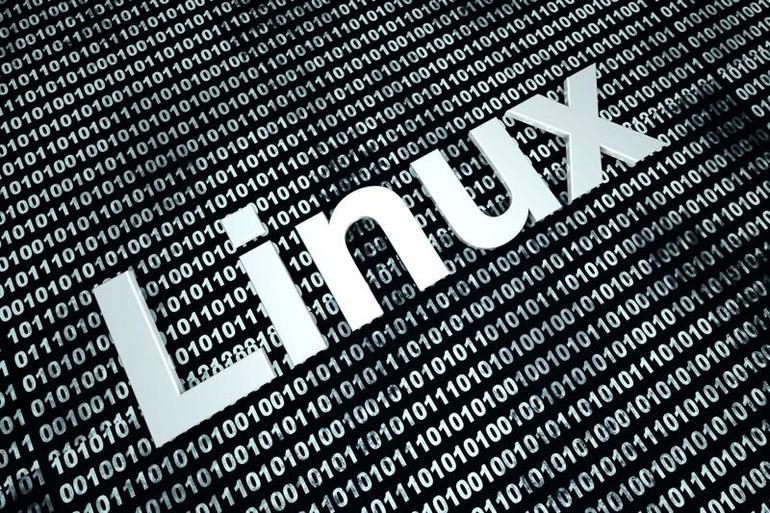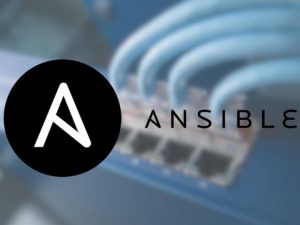Jack Wallen reviews the Tuxedo Computers InfinityBook Pro 14, which is the lightest laptop he has ever used. His conclusion is a rousing thumbs up for developers and average users.

Image: iStockphoto/Spectral-Design
It’s a good time to be a user of Linux. I really feel as though I should amend that statement to say, “It’s always been a good time to be a Linux user.” Of course, that amendment happens to come from someone who’s used Linux since the late 1990s and has spent the better part of that time wondering why more people don’t use the open source platform.
But, over the years, the reason could not be more clear: Availability.
I know, I know. You’re probably already rolling your eyes at me. After all, Linux is free and can be had anywhere, anytime, anyhow. Download an ISO, burn it to a USB drive, and install.
SEE: Flash storage: A guide for IT pros (TechRepublic Premium)
The truth, however, is much more complicated than that, because you must look at this from the average user’s perspective. That particular cross section of PC users most often don’t have the skills to burn an ISO to a flash drive. That particular barrier to entry is much larger than one might think. Without the ability to get the ISO ready for booting, Linux becomes an impossible option.
Which brings me back to it being a good time to be a Linux user.
Why? Laptops.
It seems Linux pre-installed on laptops has finally become a trend and we all know how much the world loves a trend. We have the Dell XPS Developer Edition, any given System76 machine, Lenovo ThinkPads, Purism, Pinebooks, Slimbook, Vikings, Ubuntushop.be, Juno Computers, and Tuxedo Computers.
With the exception of Dell and Lenovo, these shops are (mostly) selling rebranded Cleo machines, and doing their best to make them unique. Even so, the end result can be pretty stellar.
Such is the case with the Tuxedo Computers InfinityBook Pro 14. This particular take on the Linux laptop is a powerhouse that would be an absolute dream machine for any given developer, designer, or just about anyone who prefers Linux as their platform of mobile choice.
Specs of the InfinityBook Pro 14
Before I dive into the why, let’s take a look at the specs for the InfinityBook 14. The official spec sheet looks like this:
-
14 inch non-glare, Full-HD IPS-Panel
-
Aluminium case: max 1,88cm thin and 1.4kg light
-
36Wh battery | Up to 12h battery life
-
Intel Core i-CPU of the 10th generation Comet Lake
-
Intel Core i5 or up to i7-10510U, quad core, 8 threads
-
Intel UHD 620 Graphic
-
Up to 64 GB DDR4 memory
-
M.2 NVMe SSD + 2.5″ SATA3 HDD/SSD
-
USB3.1 Type-C Gen2, Thunderbolt 3 with charging ability
-
Mini-DisplayPort + HDMI + Gigabit-LAN + USB3.0, Webcam, and much more
-
LTE module optional
-
By BIOS-Switch deactivatable: Intel ME, Webcam/Mic, WIFI/BT
Right out of the gate, one thing I immediately noticed was the weight. This is, without a doubt, the lightest laptop I’ve ever used. In fact, after unboxing the unit, I was afraid something had gone wrong. A workhorse laptop shouldn’t be this light. Case in point, this laptop is lighter than both my 13″ MacBook Pro (slightly) and my Chromebook Pixel (by a long shot). So anyone looking for a laptop that isn’t a struggle to heft around all day, the InfinityBook Pro already checks one important box.
Out of the box experience
But it’s not just about power and portability, right? A laptop is only as good as its functionality. Fortunately, the InfinityBook functions quite well. Consider this: If a consumer purchases a product, only to have to spend too much precious time tweaking and configuring said product just so it will function, that product is destined for failure.
That is not the case with the InfinityBook Pro. The out of the box experience is as good as any hardware I’ve ever used. On first boot, you create an encryption password, connect to a Wi-Fi network, create a user account, and (if necessary) allow the operating system to update. When that completes, you log in and you’re ready to work. Total time, about five minutes.
The InfinityBook Pro uses Tuxedo’s take on Budgie Linux (called Tuxedo Budgie). It’s well thought out, perfectly configured such that any user will feel right at home, and lightning fast.
Pre-installed software
But what about developer? With so many devs working with Linux, having a laptop geared specifically for that particular user type would be a boon. Is that what the InfinityBook is?
I’m getting to that.
When you click on the desktop menu, you’ll find plenty of software pre-installed. There’s LibreOffice, Chromium, GNOME Software, Geary and Thunderbird email clients, Pidgen messaging client, Transmission BitTorrent client, Rhythmbox music player, Cheese Webcam Booth, Synaptic package manager, and much more.
But we’re still missing the whole developer angle? What gives?
Outside of the power of this machine, the outstanding screen, the solid battery life (easily getting eight hours of work time), and the slick trackpad, there are a few additional bits of software included that help make the InfinityBook Pro a delight for developers.
First, there’s the inclusion of vim–for those who prefer to develop from within a text editor. Next there’s the VirtualBox, which gives you the option of developing with different environments. Then, there’s the inclusion of the Tilex tiling terminal window so you can code, administer, compile, and run other command line tasks simultaneously. The Caffeine timer is another welcome addition (so devs can keep themselves on task and on track). The only thing missing is an IDE, which can be installed from within either GNOME Software or Synaptic.
All told, everything comes together to make a lightweight, powerhouse laptop that any developer would be happy to work on.
The one caveat
No laptop is perfect and the InfinityBook does have one little miss. I should preface this by saying the primary purpose for every piece of hardware in my office is to help me write words–it’s what I do for a living. That being said, the first thing I judge on a laptop is the keyboard. The problem I have with the InfinityBook keyboard is the layout of some of the keys.
On the left side of the keyboard, the Shift key is off just enough that I have to actually think about it before I hit it, otherwise I hit the < key (which is actually not marked < but, rather, | and /). The right Shift key is fine. Oddly enough, right above the left Shift key is the Caps Lock key. If Tuxedo Computers would switch those two keys, this keyboard would be almost perfect (for me, that title still belongs to the 2015 Chromebook Pixel).
Of course, your mileage may vary with the keyboard. And with enough time, your fingers will get used to the left Shift key placement. And given the buttery smooth keys, it might well be worth taking that time. Since this is a review unit that will have to be sent back soon, I won’t have the time for my left pinky to acclimate to that position.
No harm, no foul. And it certainly shouldn’t prevent you from considering the InfinityBook Pro 14 as your go-to laptop for dev work, writing, administering, or every day usage.
The price
I would be remiss if I didn’t mention the price of the InfinityBook Pro 14. As we’ve come to expect, most Linux laptops carry with them a heftier price than the average fare. The InfinityBook Pro 14 retails for $1,033.00 USD.
If that price is not too steep for your budget, and you’re looking for a quality laptop with Linux pre-installed, you should seriously consider the Tuxedo Computers InfinityBook Pro 14.
Also see
Source of Article



